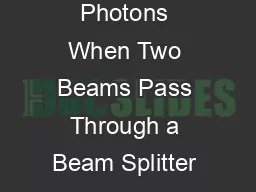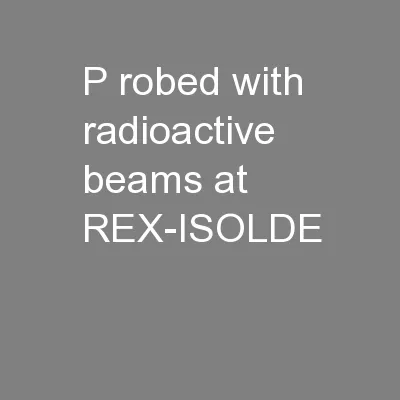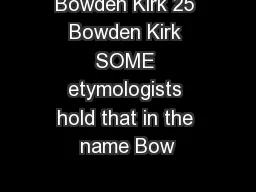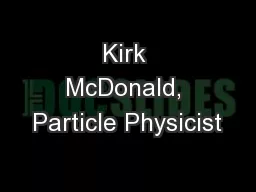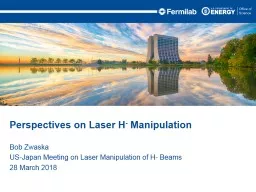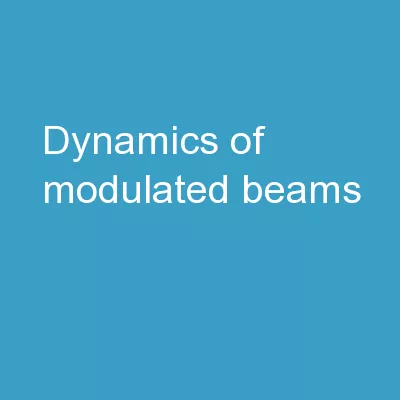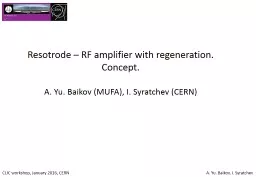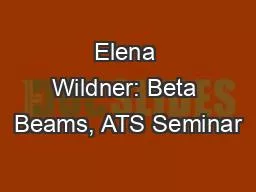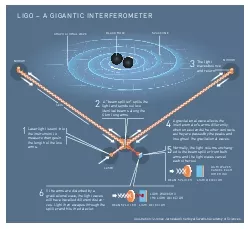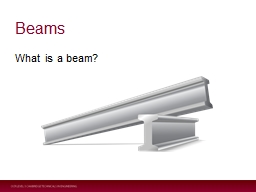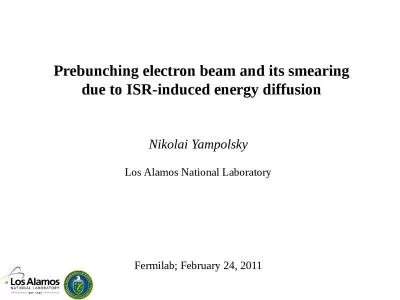PDF-Bunching of Photons When Two Beams Pass Through a Beam Splitter Kirk T
Author : sherrill-nordquist | Published Date : 2014-12-19
McDonald Joseph Henry Laboratories Princeton University Princeton NJ 08544 Lijun J Wang NEC Research Institute Inc Princeton NJ 08540 Aug 17 2003 1Problem Dirac
Presentation Embed Code
Download Presentation
Download Presentation The PPT/PDF document "Bunching of Photons When Two Beams Pass ..." is the property of its rightful owner. Permission is granted to download and print the materials on this website for personal, non-commercial use only, and to display it on your personal computer provided you do not modify the materials and that you retain all copyright notices contained in the materials. By downloading content from our website, you accept the terms of this agreement.
Bunching of Photons When Two Beams Pass Through a Beam Splitter Kirk T: Transcript
Download Rules Of Document
"Bunching of Photons When Two Beams Pass Through a Beam Splitter Kirk T"The content belongs to its owner. You may download and print it for personal use, without modification, and keep all copyright notices. By downloading, you agree to these terms.
Related Documents

